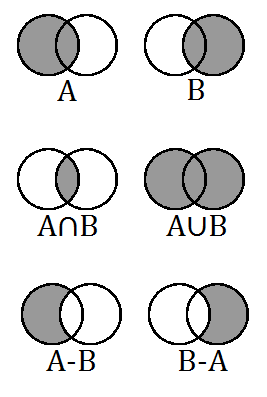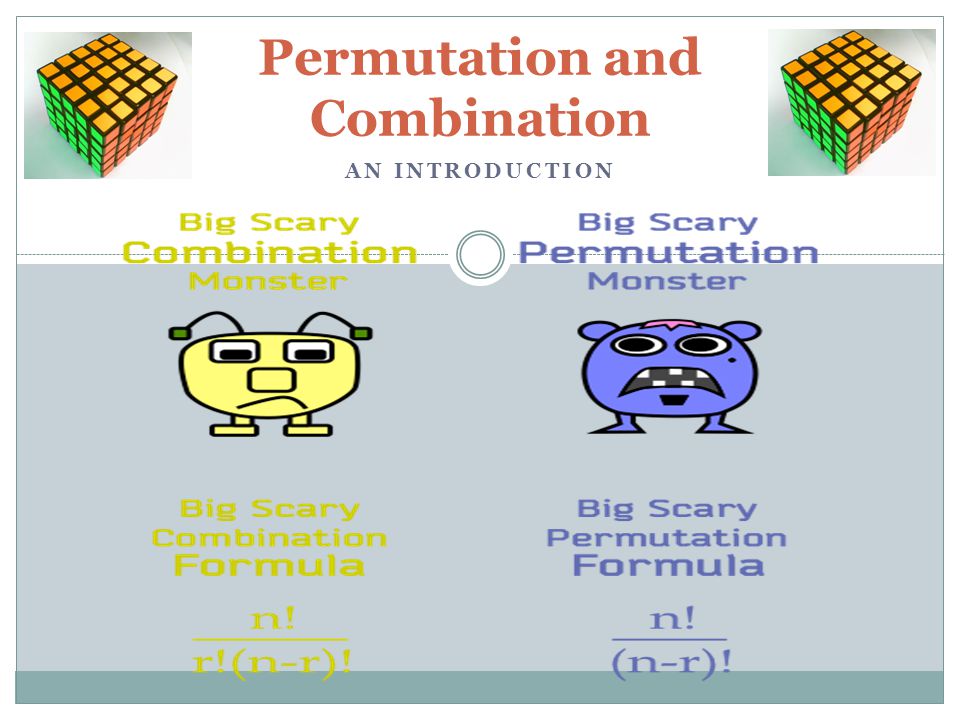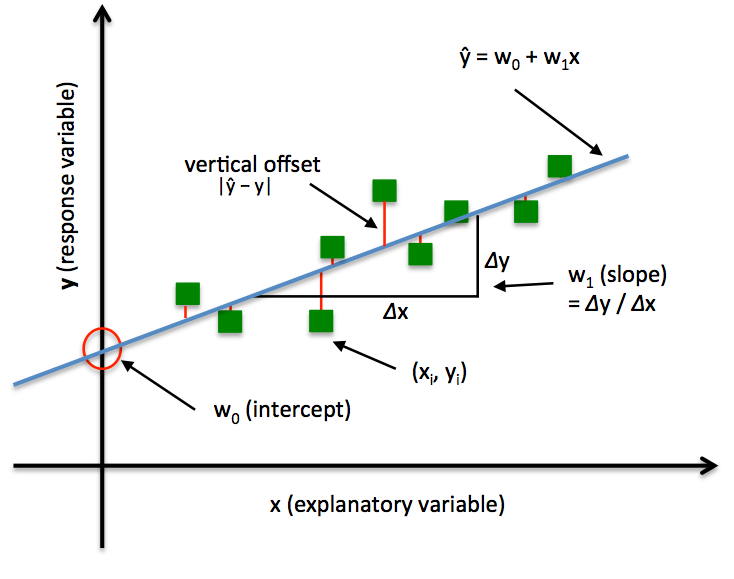Jupyter Notebooks on the topics of statistical analysis, mathematics, and numerical/sceintific computing (in Python).
Please feel free to connect with me on LinkedIn if you are interested in data science and like to connect.
- Python 3.6+
- NumPy (
$ pip install numpy) - Pandas (
$ pip install pandas) - Scikit-learn (
$ pip install scikit-learn) - SciPy (
$ pip install scipy) - Statsmodels (
$ pip install statsmodels) - MatplotLib (
$ pip install matplotlib) - Seaborn (
$ pip install seaborn)
Check out this article I wrote on Medium: Essential Math for Data Science.
Check out this article I wrote on Medium about "How to write your favorite R functions — in Python?"
Check out this article I wrote on Medium about "Mathematical programming — a key habit to build up for advancing in data science?"
Check out this article I wrote on Medium about "Bayes’ rule with a simple and practical example"
Check out this article I wrote on Medium about "Statistical modeling with “Pomegranate” — fast and intuitive"






